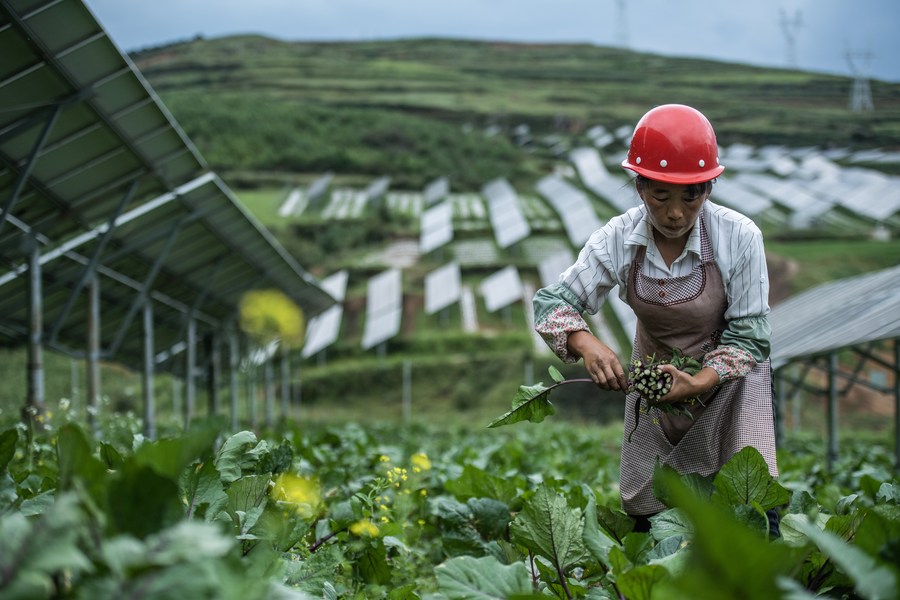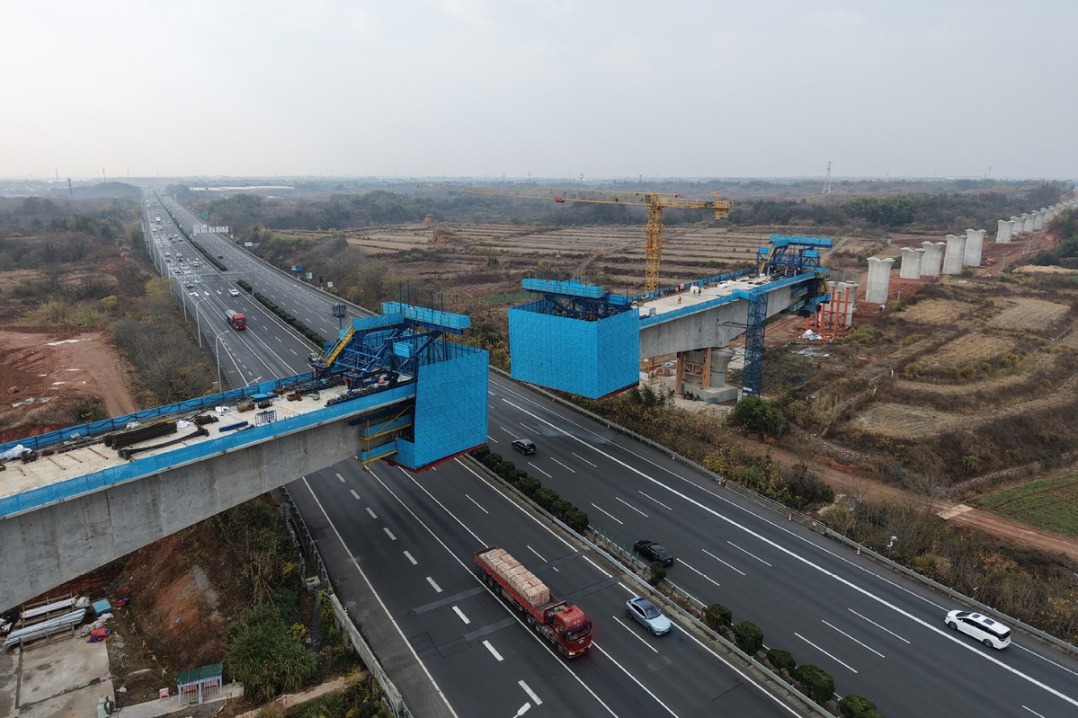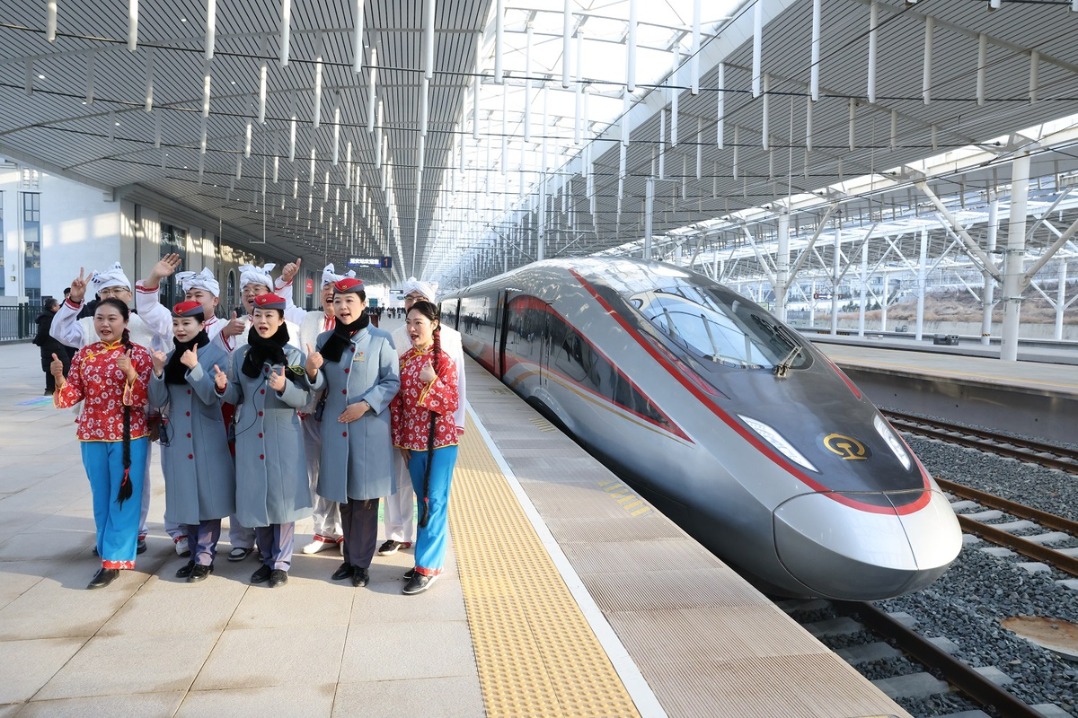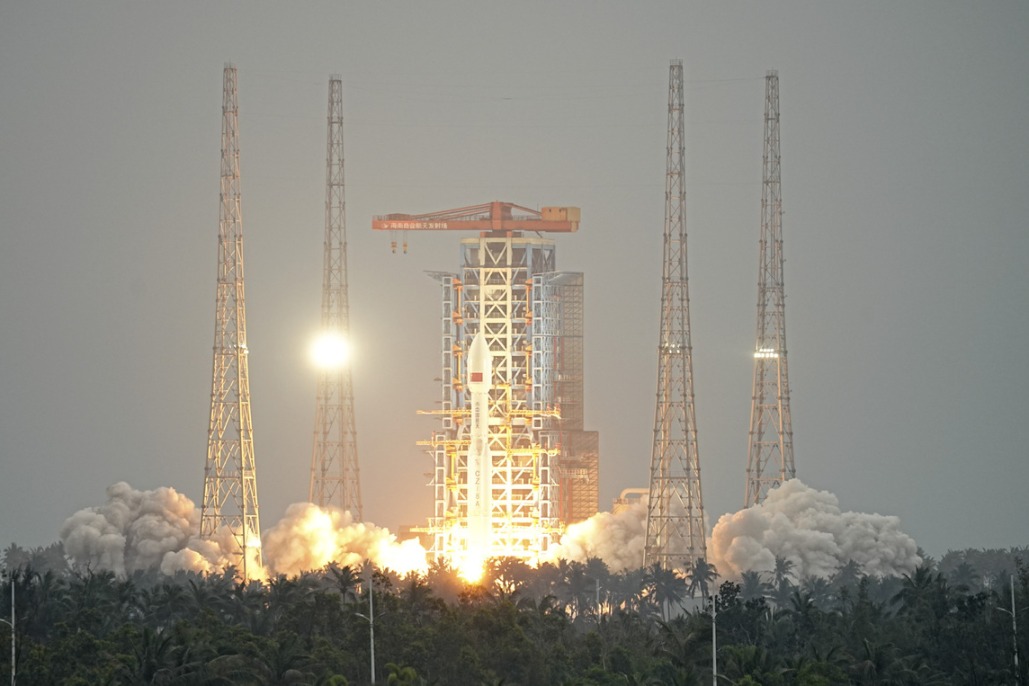Chinese researchers develop light-splitting solar greenhouse roof


BEIJING -- Chinese researchers have developed a new type of light-splitting greenhouse roof that can allow visible light to enter while converting near-infrared light into electricity.
A group of researchers from the Institute of Environment and Sustainable Development in Agriculture, affiliated with the Chinese Academy of Agricultural Sciences, developed this new greenhouse covering structure based on the solar spectral splitting utilization, according to China Science Daily.
Visible light, with a wavelength from 400 nanometers (nm) to 780 nm, is critical for driving the photosynthesis process of greenhouse plants, but near-infrared light, with a wavelength from 780 nm to 2,500 nm, has little contributions to plant growth and may cause greenhouse overheating.
Test conducted by the research group showed that the new solar roof can transmit visible light with an all-day transmissivity of 40 percent, and convert near-infrared light into electricity at the same time, ensuring normal growth of greenhouse plants with less consumption of cooling energy.
The electricity generated by the roof, with a full-day photovoltaic efficiency of 6.88 percent, can also power the greenhouse's daily operation.
The research finding was published in the journal Energy Conversion and Management.
- Law aimed at bolstering standard Chinese language education passed
- Connecting cities, changing lives
- World's longest expressway tunnel opens to traffic
- Taiwan lawmakers vote to pass motion to impeach Lai
- Xi: Steadfastly implement conduct rules
- Beijing community leads the way in grassroots governance





































